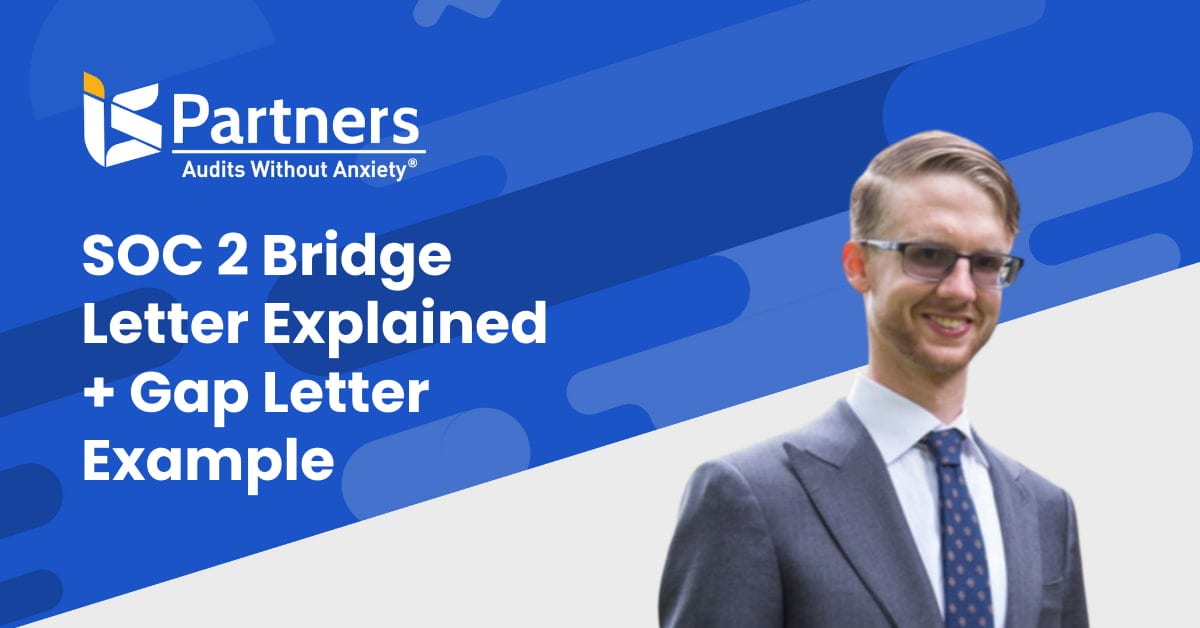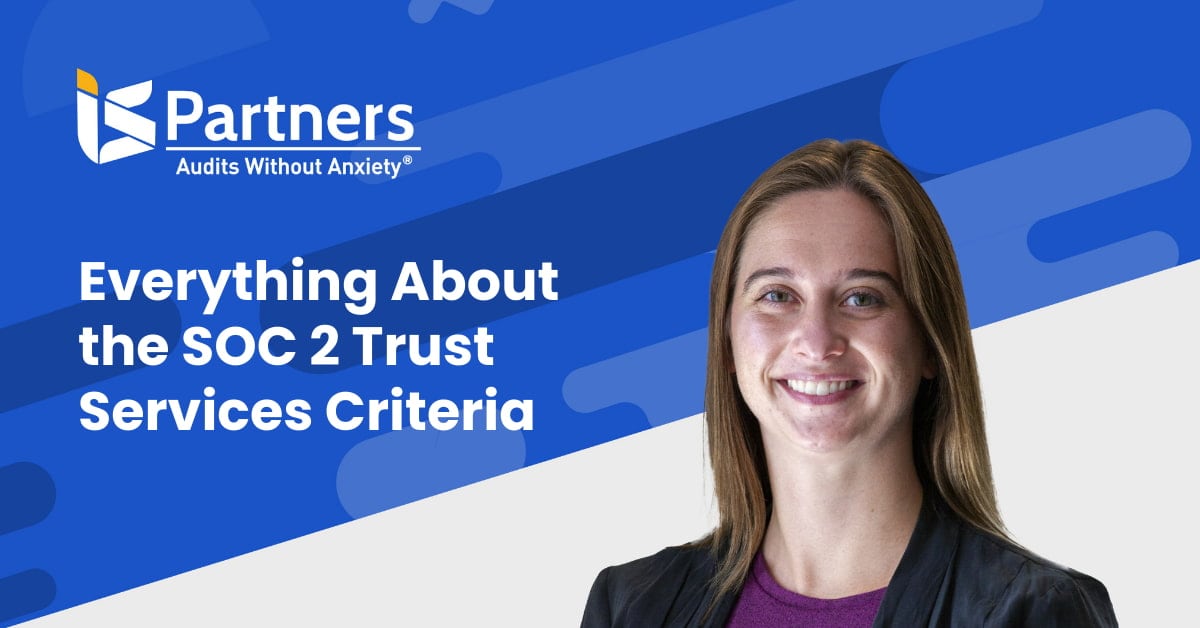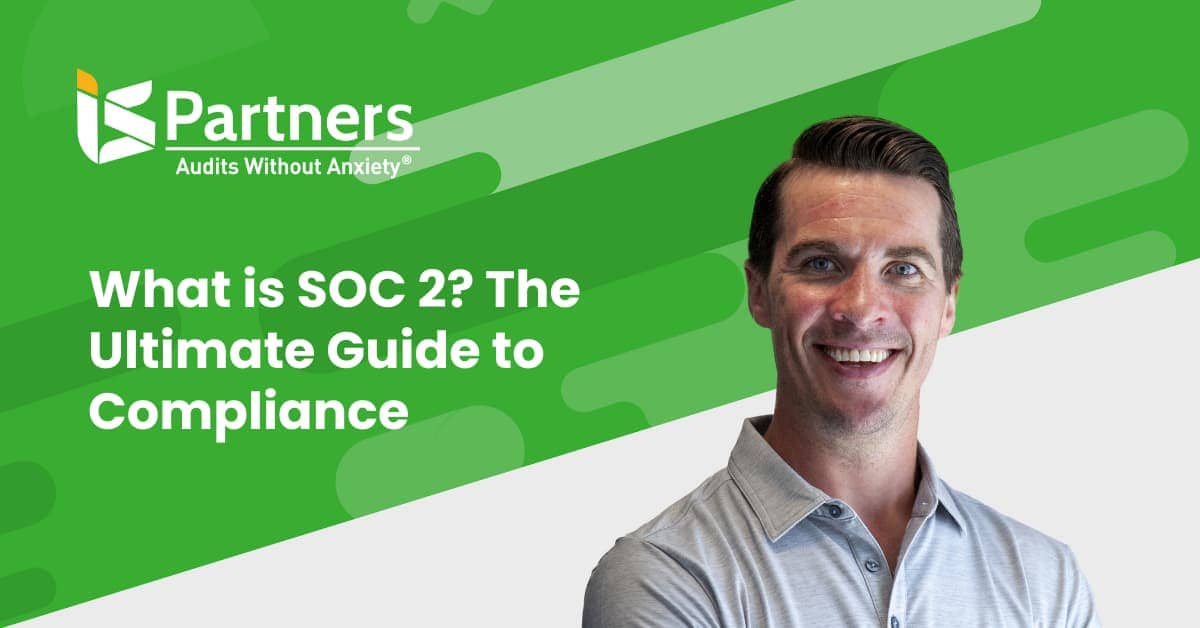The Value of SOC 2 Readiness Assessments
A robust security posture is necessary for any organization in the evolving threat landscape with increasing cyber risks. SOC 2 is one of the most popular compliance standards that covers a wide range of IT domains. Conducting a SOC 2 readiness assessment is an important step in the journey to achieve compliance.
In this blog post, we will discover the benefits of carrying out a SOC 2 readiness assessment and the key components of the assessment. Additionally, we will examine the factors to consider when choosing between internal and external assessments, cost and time considerations, and how technology can streamline the SOC 2 readiness assessment process.
Key Takeaways
1. SOC 2 readiness assessments provide an analysis of an organization’s documents, policies, and processes to ensure successful compliance prior to a formal audit.
2. Readiness assessments identify discrepancies, assess controls, and prepare for efficient audits by scrutinizing business processes, setting goals, and outlining key actions.
3. Technology can streamline the process by providing automated evidence collection, real-time monitoring & expert guidance for organizations preparing for a SOC 2 assessment.
Understanding SOC 2 Readiness Assessments
A SOC 2 audit is conducted by a certified third-party auditor to assess the security posture of an organization. At the end of the audit, you receive a SOC 2 report which is a valuable document that establishes the trustworthiness of your organization.
A SOC 2 readiness assessment is a practice run before your SOC 2 audit. Before the formal audit, it provides a comprehensive overview of an organization’s documents, policies, processes, and vulnerabilities, including physical security controls.
The control objectives for SOC 2 readiness assessments include a wide range of areas, such as security awareness training, risk assessment, access controls, incident response and management, change management, network security, etc.
Organizations must understand the importance of SOC 2 readiness assessments to demonstrate compliance.
Undertaking a readiness assessment enables organizations to:
- Identify gaps in their compliance program
- Get useful insights into their current security posture
- Lay the groundwork for a successful audit
- Build a robust security culture
The Goals of a Readiness Assessment
The primary objective of a readiness assessment is to identify security weaknesses that can prevent adherence to the SOC 2 compliance standard. An assessment can help plan and execute remediation activities before an audit.
A SOC 2 readiness assessment will also highlight any major security concerns that can lead to a potential data breach. To maintain the integrity and reputation of an organization, addressing these concerns in time is necessary.
A readiness assessment will help you answer the below questions:
- How prepared are you for a SOC 2 audit?
- Are the current security controls sufficient to demonstrate compliance?
- What are the security concerns that you need to address before the audit?
- How can you address the concerns and test their effectiveness?
The Role of Readiness Assessments in Compliance
Readiness assessments offer a benchmark for assessing an organization’s security posture and highlighting areas for improvement. Newly established organizations can conduct a readiness assessment when in doubt about the success of a SOC 2 audit. However, even established organizations can benefit from a readiness assessment by testing the effectiveness of the implemented controls.
As defined by the AICPA, the Trust Services Criteria (TSC) is a set of criteria that evaluates the security controls for SOC 2 compliance. It includes security, availability, processing integrity, confidentiality, and privacy. Undertaking a readiness assessment can verify that organizations have implemented the necessary controls.
Understanding the Scope of the SOC 2 Audit
Understanding the audit scope is an important part of the readiness assessment. For a comprehensive scope, considering all the 5 Trust Service Criteria is useful. Typically, the audit will cover data protection, software used, employee awareness, availability and integrity of the infrastructure, access reviews, etc.
Taking into account the scope will help you carry out an effective readiness assessment. You also need to note that there are two types of SOC 2 audits. SOC 2 Type 1 audit is the stepping stone to compliance and focuses on internal controls. SOC 2 Type 2 audit is more complex and will test the efficiency of the internal controls applied.
When and why to conduct a SOC 2 readiness assessment?
A SOC 2 readiness assessment should be performed before a new SOC 2 audit. An assessment becomes necessary also when there is a change in the scope and environment of the audit.
While the primary goal remains to adhere to the SOC 2 compliance standard, the other reasons for a readiness assessment include:
- Business continuity
- Prevention of data breaches
- Interim assurance
Key Components of a Successful SOC 2 Readiness Assessment
A successful readiness assessment involves several key components. Each component is vital in ensuring a thorough evaluation of the organization’s security posture and readiness for a SOC 2 audit.
Examining the organization’s policies, procedures, and processes, including asset management and processing integrity, enables an effective control environment assessment to ensure compliance with relevant laws and regulations.
Managing risks entails:
- Identifying possible risks
- Evaluating their effect
- Creating strategies to reduce or eliminate them
- Conducting a vendor risk assessment
- Reviewing access controls and data security measures
These steps ensure that the organization’s controls are adequate and effective in protecting its information systems, personal data of the users, and other sensitive information.
Evaluating a Control Environment
Evaluating the control environment involves assessing policies, procedures, and governance structures. This includes a controlled change management process and other necessary controls to ensure the organization’s data and systems are effectively protected. When an organization employs a managed security service provider, the assessment will evaluate the safeguards put in place by the MSSP.
By thoroughly evaluating the control environment, organizations can identify any gaps or areas of improvement in their current controls. This can help in creating a plan to address these issues and ensure a successful audit outcome.
Considering regulatory compliance requirements
A SOC 2 audit will also look into the regulatory and legal compliances of an organization. Hence, the readiness assessment must consider which regulatory and legal requirements are applicable to the organization and where compliance with these standards stands.
For instance, an organization in the healthcare sector might need to comply with HIPAA and any organization which accepts payment via credit cards must comply with PCI DSS. The SOC 2 readiness assessment team needs to have an understanding of the regulatory requirements that apply so that a comprehensive assessment can be carried out.
Checking of physical security controls
Since the SOC 2 audit takes into account physical security, too, the readiness assessment also includes the assessment of physical controls. Surveillance cameras, locks, physical access controls, etc. need to be considered.
Identifying and Managing Risks
The risk assessment component of a SOC 2 readiness assessment involves assessing potential risks and implementing plans to mitigate these risks. A thorough risk management process helps to assess the security posture and prepare for any potential threats. This is an important consideration for a successful SOC 2 audit.
Reviewing Access Controls and Data Security Measures
Reviewing access controls and data security measures ensures that sensitive information is protected and access is granted only to authorized individuals. This involves assessing the security of the system, identifying potential vulnerabilities, and implementing measures to protect the system from unauthorized access.
SOC 2 Readiness Assessment Checklist
A comprehensive SOC 2 readiness assessment checklist helps in the thorough evaluation of an organization’s preparedness for an audit.
The areas to cover in the assessment should include:
- Analyzing the organization’s overall control environment.
- Identifying inherent risks and establishing management strategies.
- Evaluating the effectiveness of access controls and data security protocols.
- Initiating comprehensive preparation processes for the assessment.
Adhering to a comprehensive SOC 2 readiness assessment checklist, organizations can verify that all essential aspects of the assessment are covered and they are well-prepared for a successful audit outcome.
Preparing for the Assessment
This involves gathering documentation, such as policies, procedures, and evidence of compliance, which will be required for the assessment. Identifying key stakeholders and recognizing their roles and responsibilities during the assessment process is also essential.
Establishing a timeline is also important at this stage. With proper preparation for the assessment, organizations can position themselves for success and ensure the availability of all necessary information and resources for a SOC 2 audit.
Conducting the Assessment
The SOC 2 readiness assessment should be conducted by an experienced service provider. The process requires a thorough examination of the organization’s security measures and controls, as well as an analysis of any potential vulnerabilities.
The findings of the assessment need to be documented at every stage. This facilitates tracking of progress and implementation of any additional controls. The documented data can also be used to make informed decisions for a successful audit.
Post-Assessment Activities
Post-assessment activities involve addressing identified gaps, implementing improvements, and preparing for the audit. Depending on the established timeline for the assessment and audit, steps must be taken to fix any gaps or issues before the formal SOC 2 audit.
Choosing Between Internal and External Assessments
Choosing between internal and external assessments depends on factors such as organizational expertise and resources. Both options offer unique benefits and challenges. Internal assessments are carried out by the organization’s internal resources, while an experienced service provider conducts external assessments.
Here are a few factors you can consider before choosing between internal and external assessments:
- Internal assessments are cost-effective. However, they require more resources and expertise from within the organization.
- External assessments come at an added cost as they involve hiring external auditors or consultants. However, they provide an external perspective and validation of the organization’s readiness for an audit.
- The decision should be based on the specific requirements and goals of the organization and their in-house capabilities.
- The availability of resources and expertise should also be taken into account since a successful readiness assessment paves the way for a successful SOC 2 audit.
Cost and Time Considerations
The cost and time for a SOC 2 readiness assessment are influenced by factors such as organization size, complexity, and the chosen assessment approach. Typically, a professional SOC 2 readiness assessment can cost anywhere between $10,000 to $17,000.
The assessment itself can take anywhere from a few weeks to a few months. Hence, it is a good idea to plan your SOC 2 readiness assessment 12 to 18 months before the formal audit. This will give you enough time to conduct a thorough assessment and fix any gaps before the audit.
How Technology Can Streamline the Readiness Assessment Process
Utilizing technology helps speed up the assessment process and make data-driven decisions. Automated organizational readiness tools, like the Fieldguide compliance management software that I.S. Partners provides for its clients, can:
- Collect and store data, such as logs, audit trails, and system configurations
- Analyze the data to generate reports that can be used to evaluate the organization’s preparedness
- Monitor the organization’s systems and processes in real time for compliance with the SOC 2 standards
- Issue alerts when compliance issues are identified
How to Choose a SOC 2 Readiness Assessor?
A professional SOC 2 readiness assessor will guide your organization through the process of preparing for a SOC 2 audit. Here are a few tips for choosing the right assessor:
- Prioritize experience, particularly in your industry, to ensure they understand the nuances of the audit process.
- Check for necessary professional certifications like CPA and ISACA.
- Ask them about their assessment approach. A customized process based on your specific needs and risks is generally the best approach.
- Review if the assessor is able to explain complex terms and communicate well with your team clearly.
- Consider their reputation and ask for references, testimonials, and case studies.
- Opt for an assessor who offers post-assessment support during the actual audit process.
If you’re considering a professional, knowledgeable assessor, I.S. Partners can help with the SOC 2 readiness assessment. We offer a mix of experience and comprehensive services, giving your organization the help it needs for a successful SOC 2 audit.
FAQs about SOC 2 Readiness Assessment
SOC 1®, SOC 2® and SOC 3® are registered trademarks of the AICPA (American Institute of Certified Public Accountants). The AICPA® Trust Services Criteria for Security, Availability, Processing Integrity, Confidentiality, and Privacy is copyrighted by the Association of International Certified Professional Accountants. All rights reserved.




